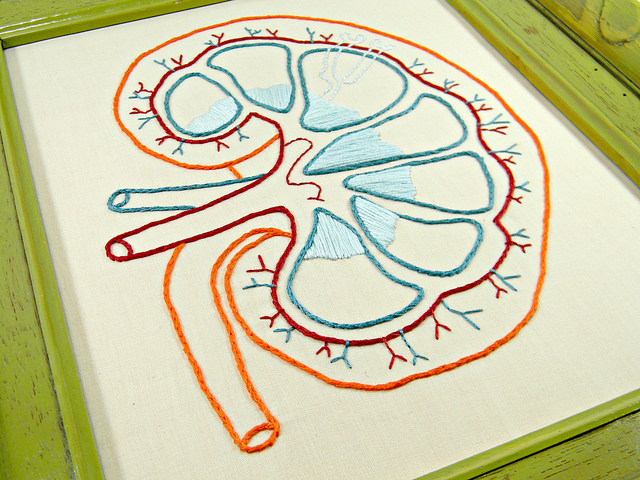One of the most significant contributions of 3D printing has been in the field of healthcare, printing of body parts, blood vessels, printing skin, the cartilage of the ear, and some success with more complex parts such as the bladder and uterus, now its 3D printing of kidneys. Kidney damage is the second largest problem that commonly exists among humans. If 3D printing of kidneys is successfully done then this might be one of the greatest contributions made by 3D printers in the field of healthcare.
A San Diego based bio-printing company, Organovo has partnered with the University of Queensland’s commercialization company, UniQuest in the hope of producing human kidneys with the help of 3D printers. Last year the research team at the University of Queensland headed by Professor Melissa Little and her team of stem cell researchers successfully grew tiny kidneys in a Petri dish. This collaboration was done to see how far the research can be pushed, everybody are keeping their fingers crossed for the day they will be able to bio-print kidneys. Organovo, is the producer of bio-ink which is a polymer in which cells are mixed which are essentially required to print vital body parts.
According to the estimates made by Professor Melissa Little, who is the team leader of this project said that the bio-printing if kidneys is something that would take another 20 years as kidneys are very complex organ in a human body. The kidney is a large organ with 35 different cell types, all of which has different functions. Apart from this there are many tubules which have to be lined up in the right way; these tubules make the kidney a much more complex organ than liver or even the heart. These complexities of the kidney make it very difficult to build.
The aim of the team is to bio-print artificial kidney for human but as for an initial goal the team considers the production of tiny kidneys in a laboratory setting which has already been done. These artificial 3D printed kidneys would enable better disease modeling and also help in the area of drug development. Little said, “The sad fact is that most new drugs fail during testing in humans and a big reason for that is that they turn out to be toxic to kidneys, if we can test a drug for kidney toxicity before applying it to human trials, we’ll save a lot of time, effort and money.”
Ian Walker, the minister of Science, information technology, innovation and arts at the University of Queensland (UoQ) said that the state has contributed a hefty amount of AU$1 million to support Little’s research. “One in three Australians are at risk of developing chronic kidney disease so what Professor Little accomplished last year was a hugely important development,” said Walker. “The agreement with Organovo, the world leader’s in 3D printing of human tissue, will optimize the cells created using Professor Little’s technology in order to print kidney tissues from them using 3D bio-printing,” he said.
This breakthrough has undoubtedly attracted a lot of international interest as the team at the UoQ is making progress in this area with leaps and bounds.
Image Credit: Hey Paul Studios (flickr handle: hey_paul)
